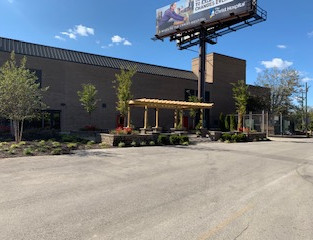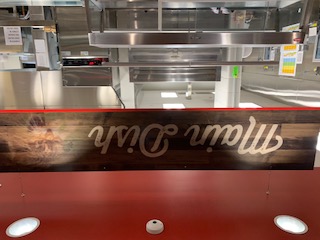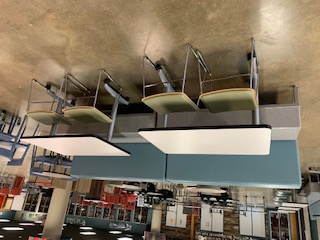Food Service For the Win: How a Cafeteria Renovation Transformed Our School Culture
- Kelly E. Middleton
- Jan 21, 2020
- 4 min read
Updated: Jun 23, 2020

“If more of us valued food and cheer and song above hoarded gold, it would be a merrier world”
-- J.R.R. Tolkien, The Hobbit











































